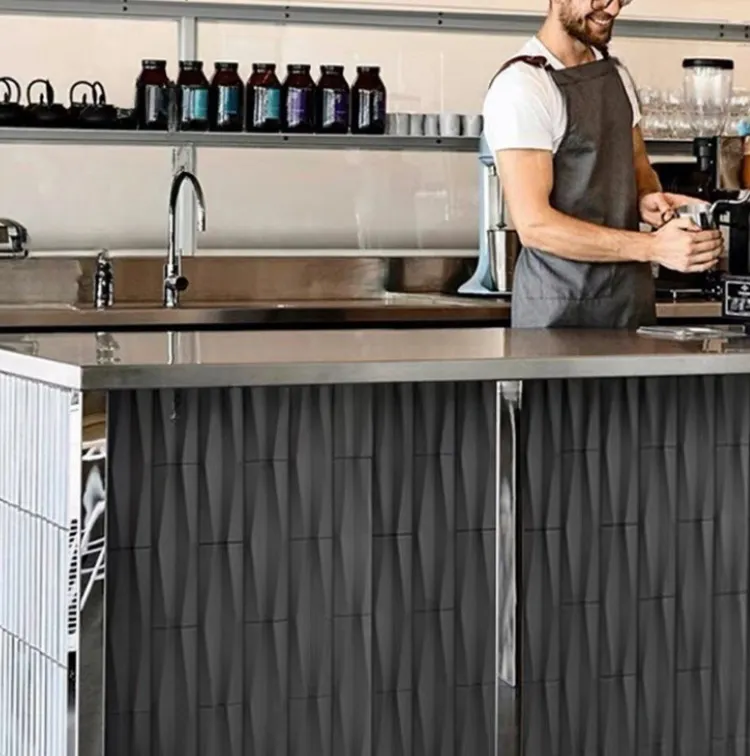
Parametric Design Guide of Future Stone Components to Reduce Customization Costs

Let's talk about a quiet revolution happening where ancient stone meets cutting-edge technology. For centuries, stone craftsmanship meant backbreaking labor and eye-watering costs for anything beyond basic shapes. That's changing fast. Using parametric design methods, we're now creating stone components with the precision of watchmakers and the economy of mass production – without sacrificing beauty.
Stone's been humanity's building companion for millennia, but traditional fabrication hits modern roadblocks. Custom stonework? That typically means:
- 50-70% material waste from carving blocks
- Labor costs consuming 60+% of project budgets
- Months-long lead times for complex geometries
- "Sorry, we can't do that" conversations with clients
Parametric methods flip this script by treating stone like digital clay – malleable in software before ever touching a quarry. Think of it as giving stone a language to speak the dialect of algorithms.
You don't need to become a coder, but understanding these core concepts unlocks the magic:
Forget simple measurements. Parameters define relationships – e.g., "this curve's depth should always be ⅓ of its width." Change one value, and the entire design adapts while maintaining structural intelligence.
Game Changer: Algorithmic Stone Cutting
Take a façade project needing 1,200 unique limestone panels. Instead of individual templates:
- Scan quarry stone blocks in 3D
- Algorithmically map panel patterns onto each block's contours
- Optimize cutting paths to minimize tool changes
Result: 92% material utilization versus industry standard of 45%. Those savings? They pay for the robotics twice over.
Computational design hasn't just changed how we cut stone – it's evolving what "stone" even means. New composites blend natural mineral content with polymers create materials that behave differently:
These hybrids respond predictably to algorithmic shaping while retaining the visual depth of quarried stone. During installation in Berlin's central business district, crews handled 150 curved panels with glove-clad hands – no cranes required.
Parametric doesn't just make crazy shapes possible; it makes affordable customization inevitable:
| Component Type | Traditional Cost | Parametric Cost | Savings |
|---|---|---|---|
| Standard Rectangular Panel | $185/m² | $155/m² | 16% |
| Medium Complexity Curved | $890/m² | $310/m² | 65% |
| Freeform Organic Surface | "Unquotable" | $640/m² | Design Freedom |
Software pays for itself within 3-5 projects through waste reduction alone. But the bigger win? Bidding on jobs competitors dismiss as "impossible."
Transitioning doesn't require PhDs:
- Pilot project first: Apply parametric workflows to one façade element, not a cathedral
- Collaboration trumps software: Connect quarries with digital fabricators early
- Embrace imperfections: Some stone variations add character algorithms can't predict
Architects report the shift feels less like tech adoption and more like finally having the tools stone deserves. The stone in your next project might just whisper coordinates to a robot before finding its place in your vision.
Tags:
Recommend Products











